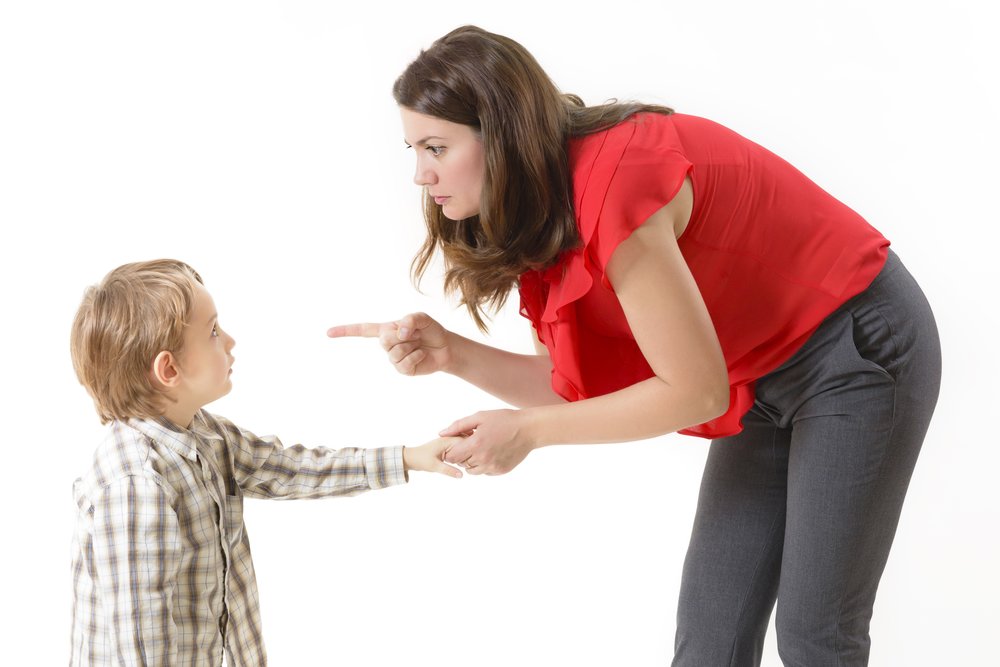Unknown to us, there are many dangerous chemicals in our homes that could cause untold damage to little kids in the family. Some of these chemicals are linked to early puberty, cancer, attention deficit hyperactivity disorder (ADHD), autism, obesity, etc. As a parent, it’s necessary to protect your child with nutrition, physical activity, diet, schooling and a safe home environment. For this, it’s necessary to take a close look at what you have in your cupboards in the kitchen, bathroom, storeroom ,etc. and get rid of those laced with chemicals.Ensure that your kids don’t breathe into them or eat them.
Here are 15 products found in homes that could endanger the lives of children:
15 Dangerous Chemicals At Your Home
1. Arsenic
Known to be a carcinogen, associated with bladder, lung, kidney and skin cancers, arsenic if found in grape and apple juice, rice and rice products. It is also found in pressure-treated wood made before 2003. Parents can choose to give kids milk, whole fruits and juice to kids instead of grape and apple juice, and a limited amount of rice cereal.
2. Formaldehyde
Formaldehyde, another carcinogen, is a skin irritant that causes allergies and reactions like burning eyes, scratchy throats, stuffy noses and skin rashes. Skin allergies due to contact with formaldehyde can lead to breathing difficulties, tiredness and nausea. You can find it in MDF furniture, draperies, glues and adhesives, beauty products and baby wipes.
To avoid contact with formaldehyde, don’t use MDF furniture and personal care products that contains it.
3. Mercury
Children exposed to mercury suffer impaired neurological development and ADHD. Children can inhale mercury from the environment due to industrial waste and air pollution. Mercury in the water can be drunk by fish which we later eat. To avoid exposure to mercury, avoid eating shark, mackerel, swordfish and tile fish and instead eat tuna.
4. Bisphenol A (BPA) and Phthalates
Both BPA and phthalates are found in the cans of food lining and beverages. They are endocrine disrupters that imitate the natural hormones and have the potential to affect reproductive development and overall health. BPA causes early puberty among girls while phthalates are associated with low testosterone and cause male reproductive problems. BPA and phthalates are present as additives in plastics. To avoid exposing your kids to them, don’t microwave food in plastic boxes because they release BPA into the air. Don’t buy canned food or containers if not marked “BPA-free.” Children’s backpacks and raincoats should be “PVC-free.” Don’t buy fragrant personal care products for children as they could contain dangerous phthalates.
5. Flame Retardants
Flame retardants are almost always present in couches, mattresses, padding of carpets, pillows and upholstered furniture. The chemicals here aren’t bonded to the foam, so they can easily be released in the dust as the furniture grows old. Flame retardants are also seen in electronics made before 2014. To avoid children making contact with flame retardants, keep the former away from electronics and don’t let them put mobile phones in their mouths. Use HEPA air filters and vacuum cleaners with HEPA filters.
6. Fluoride
Overuse of fluoride can lead to brittle bones, discolored teeth and pits in the enamel. Children should drink flouridated water but care should be taken that the level does not exceed 0.7 parts per million. Fluoride is also found in mouthwashes and toothpastes. To avoid children consuming it, don’t let them use fluoridated toothpaste till he’s slightly older. If your municipal water is highly flouridated, opt for reverse osmosis water filtration systems.
7. Pesticides
Pesticides are carcinogenic in nature and have the potential to cause leukemia and Non-Hodgkin lymphoma in children. They also have a negative impact on neurobehavioral development. Sprayed on plants in gardens to kill weeds and pests, they can also enter the groundwater. Due to the food and water kids consume, they are easily exposed to pesticides. Primarily sprayed on treated produce and on outdoor lawns and gardens to kill insects and weeds but they can leak into the groundwater supply. Pesticides is present in some baby food.
To avoid pesticide exposure to kids, keep children away from gardens treated with pesticides. Eat organic fruits and vegetables.
8. Lead
Everyone knows of the damaging extent of lead, whether on kids or adults. It can damage the nervous system, cause stunted growth, delayed growth and renal damage. Lead is found in toys, candy and jewellery. To avoid exposing lead to kids, ensure the paint of your home is in good order, particularly if it was built prior to 1978. If renovating your old home, live elsewhere during this period. Don’t allow your children to play with imported or metal toys and eat Mexican candy.
9. Perchlorate
Naturally occurring perchlorate grows in arid climates, but it is used industrially as a contaminant in explosives, fertilizers, rocket fuel, flares and fireworks.It can be found in surface water, irrigation water, groundwater and drinking water, and in food. High doses of this chemical can cause less of iodine to be absorbed into the thyroid gland, thereby interfering with hormone production for a child’s growth and development. To avoid exposure to this chemical, use iodized salt and drink purified water.
10. Antifreeze
Antifreeze is better known as ethylene glycol, which if swallowed can be poisonous. It can damage the kidneys, brain and heart and can cause a child to be dizzy. Antifreeze is found in various foods like salads, bagels, etc. In case it spills on the floor and your pet licks it, it can die of this. So, keep your pets away from antifreeze.
11. Car batteries
The sulphuric acid content of car batteries can lead to skin burns and blindness.
12. Ammonia
The fumes of ammonia can cause irritation in the lungs and eyes, and skin rashes or burns. To keep your kids safe from ammonia, do not mix it with bleach as this mixture produces a gas that can lead to respiratory problems and can cause death too.
13. Methanol
Used as windshield washer fluid, methanol has the potential to damage a child’s liver, nervous system and kidneys. Inhaling it can cause lung disease, while ingesting it can lead to ; ingestion can cause blindness
14. Paint
Inhaling paint fumes can lead to nausea, fatigue, dizziness and headaches and irritation in the eyes and skin.
15. Laundry detergent
Laundry detergents lead to shock, vomiting, convulsions, skin and eye irritation, if swallowed. So, care should be taken to keep this out of the reach of children.
Conclusion
To live in a safe home for kids, ensure that all the above-mentioned products are out of children’s reach.












